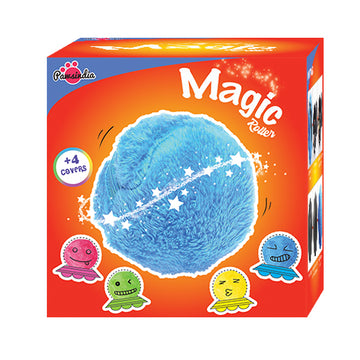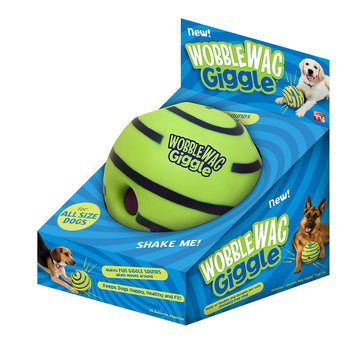Doberman Pinscher

Doberman Pinscher
| BreedHighlighs: |
| Potent in the hindquarters, acrobatic breed Trustworthy companion, unbelievably strong breed. |
| Weight: |
|
Male: 40-45 kgs Female: 32-35 kgs |
| Height: |
|
Male: 68-72 cm Female: 63-68 cm |
| Life Expectancy: |
| 9-12 yr |
| Litter Size: |
| 7-8 |
| Breed Appearance: |
|
Medium-sized, square-proportion bulid Rusted colour marks on both of the eyes White patch is visible on the chest In various colours, such as black, red, blue, fawn
|
| History: |
|
Louis Dobermann, a German tax collector, is generally accredited with the creation of the Doberman Pinscher. That is why, the breed is named after him. In his quest for a watchful guard dog to accompany him during his rounds, Dobermann developed the Doberman Pinscher in the late 19th century by crossing the old German shorthaired shepherd and the German Pinscher. |
| Originally: |
|
Medium-large domestic dog breed actually developed around 1890 by Karl Friedrich Louis Doberman, a tax collector from Germany. The Doberman is a melange of breeds, including the Great Dane, the Greyhound, the German Shorthaired Pointer and the Rottweiler. |
| Currently Used As: |
| Watch dog, Guard dog |
| Training: |
|
Easy to train, always responsive to its owner. |
| Health&Care: |
|
The Doberman Pinscher has a lifespan of 10 to 12 years. Wobbler's syndrome, cervical vertebral instability (CVI), and cardiomyopathy are some of the grave problems affecting Dobermans; a few of the minor diseases that this breed suffer from include canine hip dysplasia (CHD) osteosarcoma, von Willebrand's disease (vWD), demodicosis, and gastric torsion. Albinism, narcolepsy, hypothyroidism, and progressive retinal atrophy (PRA) occasionally plague the Dobermans, whereas the Blue Doberman is more vulnerable to hair loss. The Doberman requires daily mental and physical exertion or it may turn devastative, uneasy or frustrated. This need can be easily met with a walk on a leash, a run in an enclosed area, or a long jog. The Doberman Pinscher can peacefully live outdoors in a cool climate. |
| Living Condition: |
|
If provided adequate exercise, this dog breed can live comfortably in an apartment. But, the most ideal environment for the Pinscher is an average-sized yard at the very least. Dobes are very cold-sensitive and cannot be tagged as extrovert ones. So, the police in areas known for freezing temperatures keep them in abeyance. |
| Excersie: |
|
The Doberman is inordinately vigorous and possesses tons of stamina. While out on the walk the dog must be made to heel beside or behind the person leading the way forward (this is essential as loyalty towards humans makes dogs set great store by them). |
| Grooming: |
| Dobes need little grooming and are average shedders |
| Pros: |
|
Contrary to popular belief, the Doberman is no longer as hostile and aggressive as it once was. Today, a pet Doberman can be just as affectionate and amiable as your average dog. Hence, the dog can be treated just like another family member. This will help the dog to be more adorable and jolly. In case there is enough time at your disposal to train the dog, it will be straightforward to manage him or her. |
| Cons: |
| It is the natural instinct of the Doberman Pinschers to be frisky. Since they may be bigger in size than your child, they can act somewhat roughly without realizing it during the time of wrestling |












